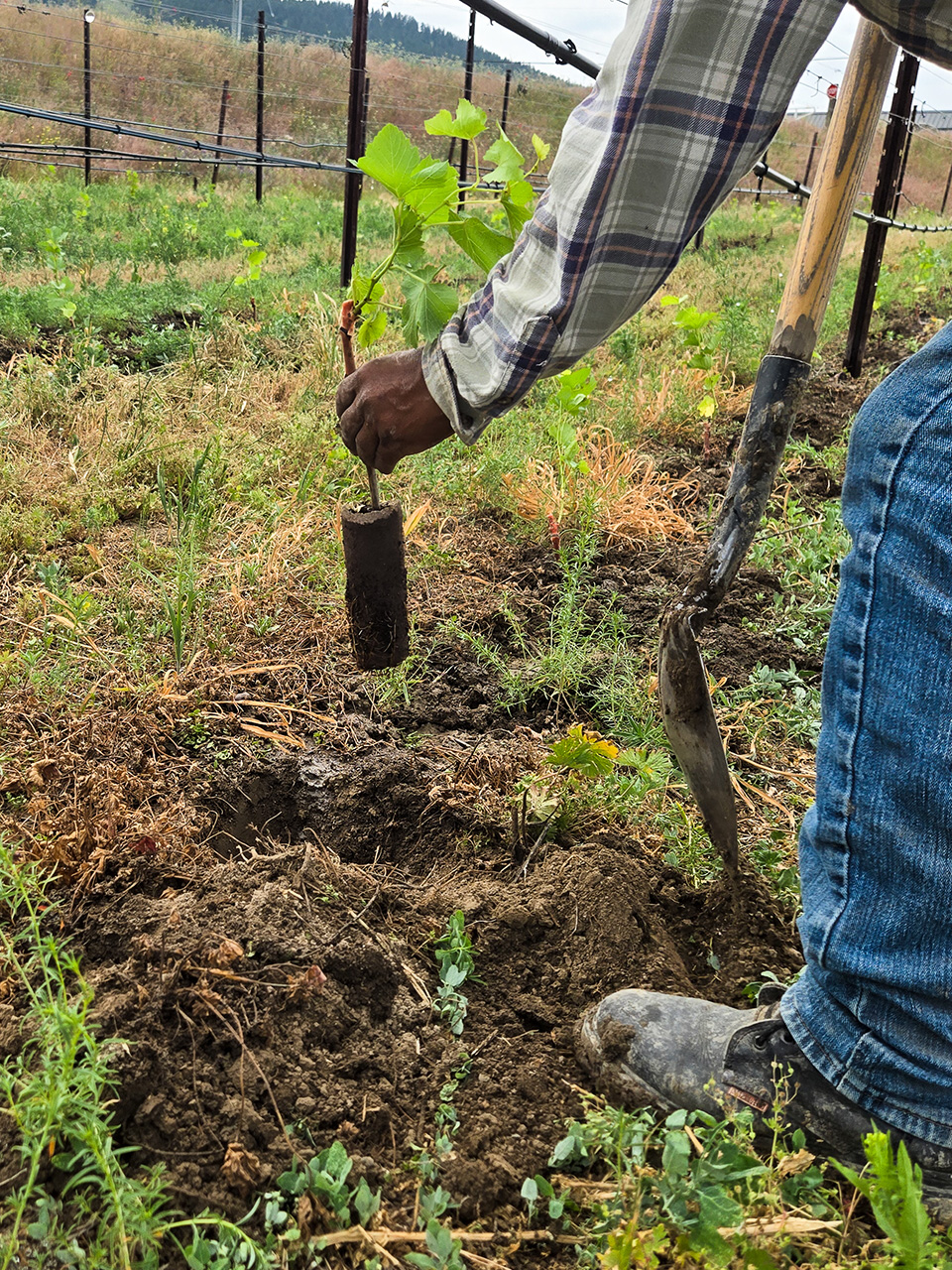Cork Vs. Stelvin Method - Is one better than the other?
For centuries, wine drinkers have been accustomed to natural corks as the closure of choice when it comes to sealing and storing bottles. The ritual of opening and assessing corks was commonplace in restaurants, and the corkscrew was considered indispensable for anyone who enjoys wines at home. In 1972 however, a new option emerged – the Stelvin screwcap. First used by Hammel winery in Switzerland, the Stelvin has now seen the world over and is commonly used on wines that receive acclaim at international competitions. Does the screwcap deserve the occasional unsavoury reputation it has garnered? To the surprise of many traditionalists, the answer is a resounding no.
As the wine industry continues to evolve, new and exciting technologies are invented and rigorously tested to establish new international standards. This has led to a multitude of studies regarding the nature of corks and their new Stelvin counterparts. The AWRI (Australian Wine Research Institute) has been particularly interested in the efficacy of Stelvin, as both New Zealand and Australia utilize these closures more commonly than cork. Having conducted both a longitudinal study comparing different closures up to 20 months of aging, and a comparative study of wines rejected for being faulted by the International Wine Challenge (IWC), Stelvin screwcaps were shown to be highly effective closures. In direct comparison, Stelvin was reported with approximately a 1.5% fault rate compared to 4.5% for natural corks. For the 20-month longitudinal study, Stelvin showed higher retention of freshness and fruit character and less risk of oxidation than natural cork. These findings indicate that, even for long-term storage, Stelvin screwcaps perform equally or somewhat superior to natural cork.
The dreaded scourge of cork taint (TCA) is greatly reduced with Stelvin, but it is not eliminated as most consumers might imagine. It is still entirely possible to get a “corked” wine that is sealed with a screwcap, as the bacteria that cause cork taint can thrive in barrels, hoses, nozzles, and many other areas in a winery besides the corks themselves. While Stelvin screwcaps did show a slightly higher susceptibility to reductive aroma faults, natural corks showed an equally elevated susceptibility to oxidative faults. Neither is ideal, but current consumer trends show a higher tolerance for reductive characteristics than oxidation, potentially giving Stelvin an edge for the average consumer palate over natural cork.
All in all, the case seems closed – Stelvin is here to stay, and many wines will end up being the better for it. While sommeliers and collectors will never abandon the corkscrew or the precious ritual of opening a perfectly aged bottle, most of us will be happier at the convenience of screwcaps, with the confidence that it’s every bit as delicious.




